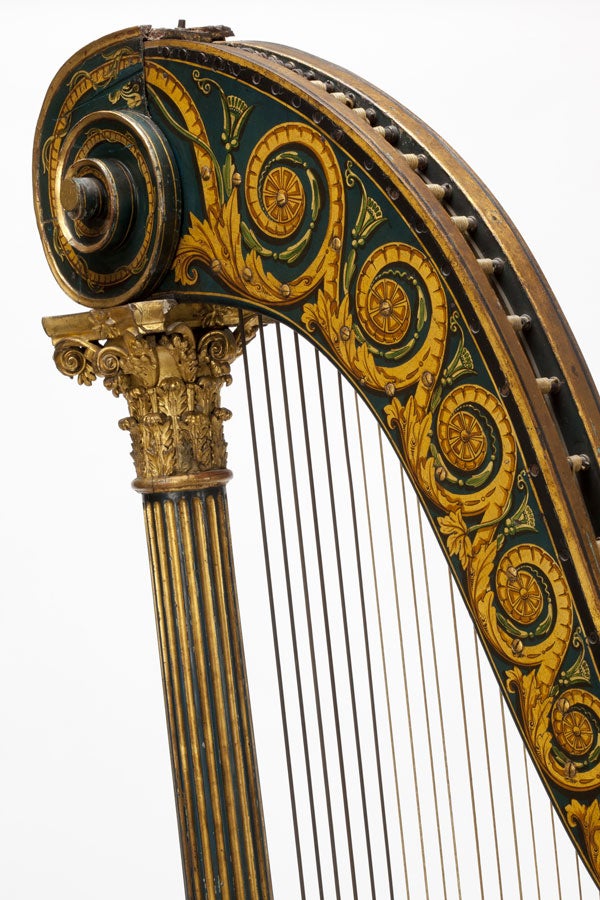Horniman Museum gives a glimpse of music's past

Your support helps us to tell the story
From reproductive rights to climate change to Big Tech, The Independent is on the ground when the story is developing. Whether it's investigating the financials of Elon Musk's pro-Trump PAC or producing our latest documentary, 'The A Word', which shines a light on the American women fighting for reproductive rights, we know how important it is to parse out the facts from the messaging.
At such a critical moment in US history, we need reporters on the ground. Your donation allows us to keep sending journalists to speak to both sides of the story.
The Independent is trusted by Americans across the entire political spectrum. And unlike many other quality news outlets, we choose not to lock Americans out of our reporting and analysis with paywalls. We believe quality journalism should be available to everyone, paid for by those who can afford it.
Your support makes all the difference.Side by side sit two instruments once owned by Italian horn player Giovanni Puzzi. In the bell of one, lavish decoration in green lacquer has worn away exactly at the spots on which Puzzi placed his hand to shape the pitch of his notes. The musician's grandson gave it to the V&A in 1926.
The Horniman Museum has brought together the musical instruments from the collections of the V&A, whose instrument galleries were closed last year, with its own, providing an intriguing contrast: its instruments were chosen by Frederick Horniman with utterly different aims.
"The musical instruments in his collection, from all over the world, show his interest in music's anthropological element, focusing on how they were used by musicians and what the social role of music was," says the exhibition's co-curator, Bradley Strauchen. Whereas Carl Engel, a German-born pioneer of organology (the study of musical instruments) was employed by the V&A to build its own collection of instruments with an emphasis on design and craftsmanship.
There is a chance to see Rossini's oboe; Renaissance viols with carved scrolls; an octagonal ivory recorder; and a Stradivarius violin, made in 1699, confined to a glass case so it remains untouched for further analysis of how it was made and played.
The Art of Harmony, Horniman Museum, London SE23 (www.horniman.ac.uk) ongoing
Join our commenting forum
Join thought-provoking conversations, follow other Independent readers and see their replies
Comments